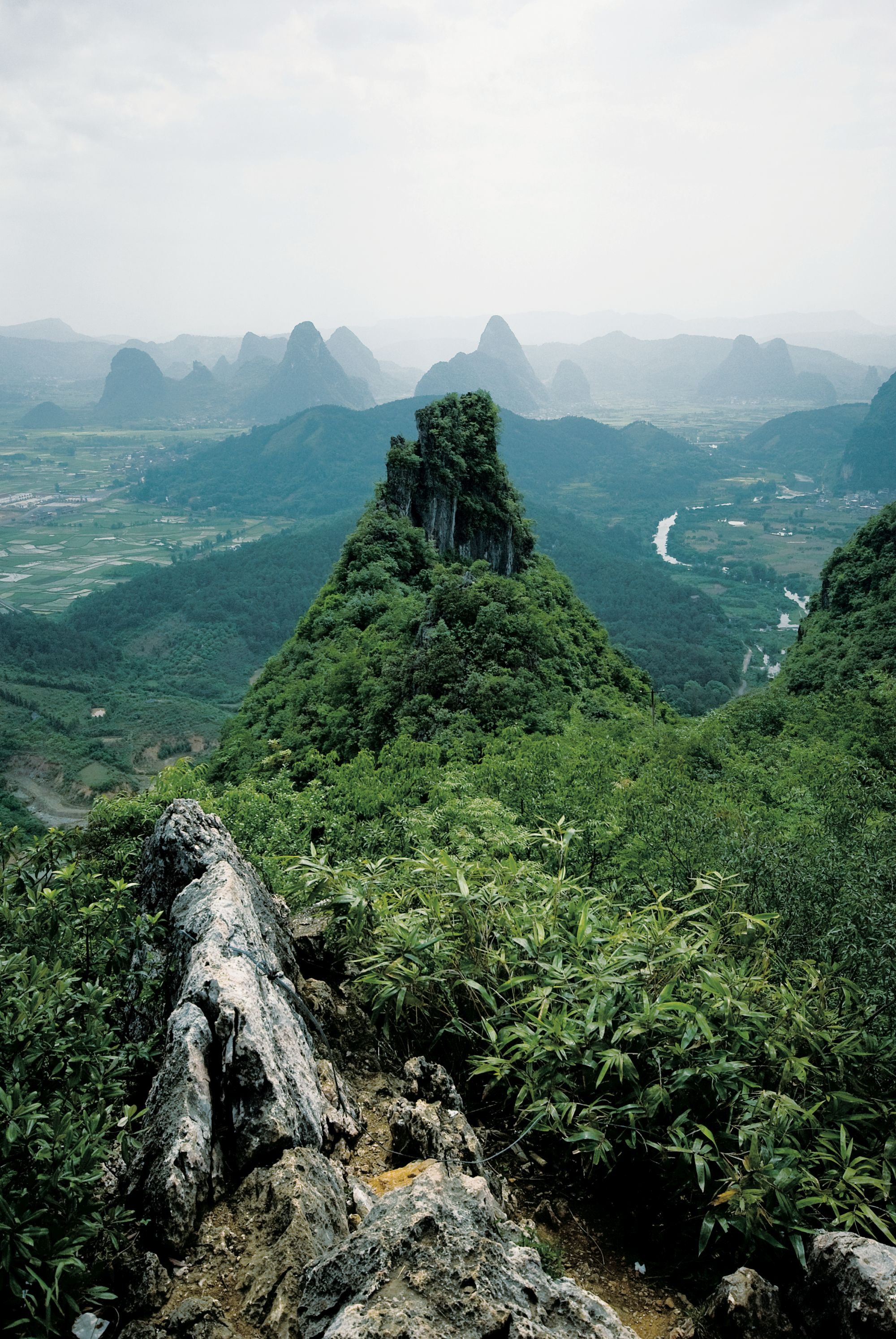
4 of Asia's Most Amazing Places—and When to Go to Beat the Crowds
Asia is full of wonderful travel destinations—but visiting them can be a nightmare when they’re rammed full of tourists. Here’s when to visit some of the region’s most amazing destinations while beating the crowds.
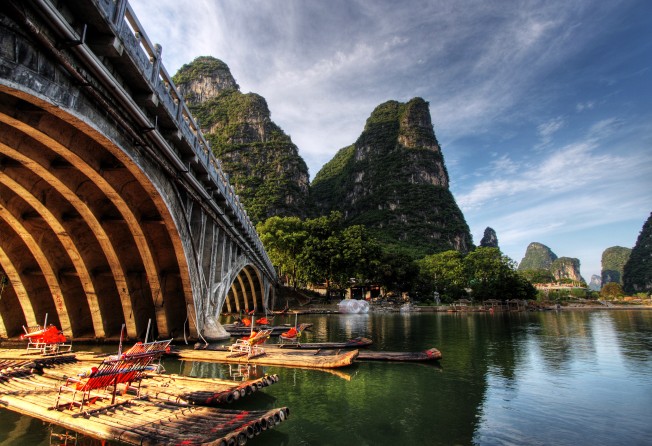
Guilin & Yangshuo, China
Guilin in northeast Guangxi possesses one of the most distinctive (not to say famous) landscapes in all of China. The characteristic karst topography is the stuff of classical handscrolls, photographic fantasies—and the 20 Yuan note. But this overwhelming natural beauty has brought an attendant, crushingly massive boom in tourism—particularly to the otherwise picturesque little town of Yangshuo, which is at the heart of it all. Millions upon millions of visitors swarm here each year to clap eyes on the extraordinary scenery, muck about in boats on the Li river, and generally gawp, dawdle and meander where once the ancient cormorant fishers fished (and still do, but nowadays mainly for photos). This means that when the place is busy, practically no one has a good time or gets to do what they want to do.

The Sweet Spot:
First, a few ground rules: As with any destination in China, avoid traveling in the weeks prior to or following the country’s two “Golden Weeks.” This is when hundreds of millions hit the roads, rails and airports, immobilizing the entire country. The first Golden Week is during Chinese New Year: In 2017 this will officially begin on January 27 and end on February 2; in practice this means you want to avoid travelling in the second half of January and the first half of February. The second Golden Week occurs around National Day on October 1 for at least seven days, so avoid travelling at the end of September and for a good portion of October. School holidays in China also dominate July and August. So our sweet spot for Guilin and Yangshuo is early May. The weather is warm and the visibility good, yet the mosquitoes and tourists should be less numerous.
Getting There:
A large number of airlines fly direct from Hong Kong to Guilin Liangjiang International Airport, so shop around for a good deal. Once there, take the shuttle bus to Yangshuo direct from the airport (80 mins, RMB25 per person).
Read More: 4 World Wonders to Visit Before they Disappear
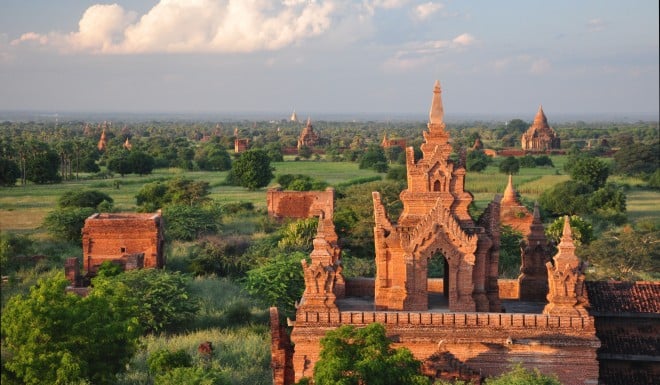
Bagan, Burma
Bagan is inescapably beautiful. The 104 square km plain in central Burma hosts some 2,200 temples, all built between the 11th and 14th centuries. These red brick buildings range from tiny, one-man shrines to huge complexes with vast Buddhas.
Take a horse-and-cart tour to familiarize yourself with the layout of the plain, and the better-known temples. But after that you’ll want to hire an electric bike (around $40-50) and whizz around the dirt tracks of the plain, seeking out your own temples to explore. The view from a temple at sunset is unbeatable—a thousand towers glow orange in the sun, as they have for hundreds of years.
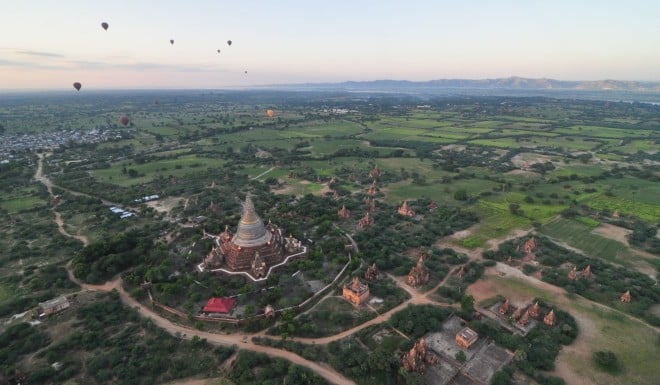
The August 2016 earthquake hit Bagan hard, affecting more than 400 of its buildings. But it was the more recent construction and inappropriate restoration attempts that bore the brunt of the damage, clearing the way for better structured conservation and restoration plans. The ready money generated by tourism has never been more vital in helping to support this developing region.
The Sweet Spot:
November-February is prime visiting season, as it marks when the country is driest but not too unbearably hot. But if you’re looking to beat the crowds, try September or March.
Getting There:
Visas can be applied for online for US$50 ($388). US$20 ($155) covers access to the “Bagan Archaeological Zone.” There are regular flights to Yangon, from which Bagan is an overnight bus ride away. HK Express also flies to Burma’s second city of Mandalay—from which there is a delightful day-long cruise (around $300) down the Irrawaddy River.
Read More: Taking the Waters: Top 4 Wellness Resorts in the Asia-Pacific
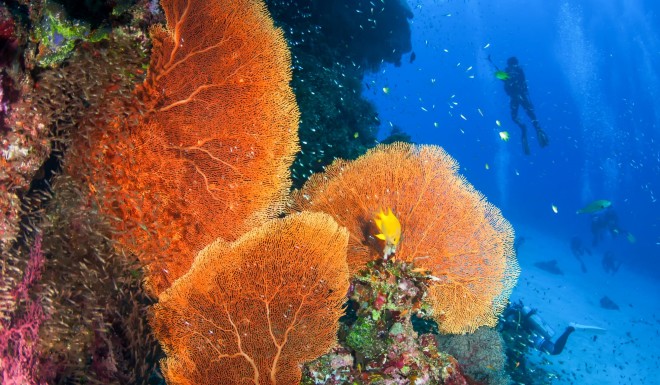
Sipadan, Malaysia
Its proponents say the island paradise of Sipadan is the most beautiful diving destination in the world. It’s hard to deny that the place is outrageously lovely—and that’s before you’ve even got underwater. The coral formations at Sipadan are incredible, the diversity of life jaw-dropping, and the 1,000 meter-plus ocean shelf drop-off is mindblowing. OK, so there are a few caveats: You can’t actually stay on Sipadan itself, as the island is a protected habitat. Only 120 divers are allowed there per day, and they all have to leave by 3pm. Furthermore, to dive at Sipadan you need either an Advanced Open Water Diver certificate or a minimum of 20 logged dives.
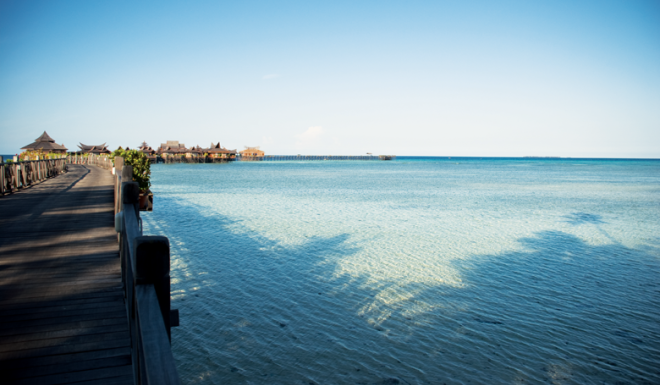
Stay at the nearby Mabul island, which has a range of accommodation to suit all budgets. Mabul and the surrounding reefs have their own, world-class dive sites—not at the level of Sipadan itself, but still unforgettable. From Mabul, it’s a 15-minute boat ride to Sipadan.
The Sweet Spot:
Go in May to miss the worst of the crowds; the weather at this time of year is also gorgeous, being breezy and not oppressively hot.
Getting There:
Most countries are exempt from visas to travel to Malaysia (check and apply online if needed). Fly down to Kota Kinabalu (around 3 hours) and then take a short connecting flight over to Tawau (around an hour). From there you’ll need to take a bus or taxi to the port of Semporna (approx. 90 mins). The more upscale resorts will send someone to pick you up from the airport.
In terms of accommodation, Mabul island runs the whole gamut, from top dollar luxury at Kapalai to do-it-on-a-shoestring shacks on stilts.
Read More: Asia's Top Art Havens in Japan, Seoul, Taipei and Dunhuang
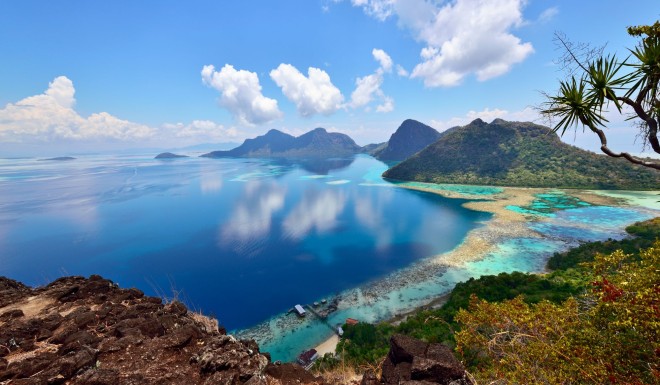
Kota Kinabalu, Malaysia
Located on the northern edge of Borneo, KK, as it’s colloquially known, boasts everything you might want for a quick weekend getaway: beautiful beaches, delicious cheap eats and ease of access. Flying under the radar of many guidebooks and destination hotlists, KK remains relatively less touristy—and is an arm and a leg cheaper than—Phuket, Bali or the Maldives.
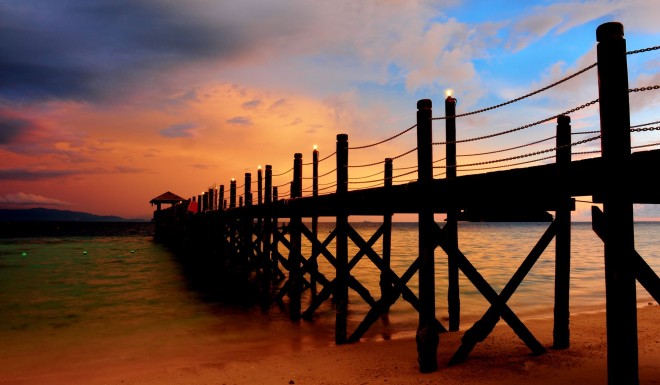
The main attraction in KK is Tunku Abdul Rahman Park, a cluster of islands all within a 15- or 20-minute boat ride of each other. Depending on which resort you’re staying at, you can charter a boat to go island-hopping during the day, or head to Jesselton Point Ferry Terminal, where speedboats depart throughout the day to each of the islands. Head to Sapi island for some of the best snorkeling around; or to the larger Manukan island for the best restaurant and resort facilities and jungle trekking inland.
For a wide range of activities including white water rafting, sea walking, zip-lining, and a day trip aboard the North Borneo Railway, check in with tour operators Viator for reasonably priced day and night-time excursions with everything sorted for you. We hopped aboard their Scuba Walking Adventure and were picked up promptly at 8:30am from our hotel and transported by speedboat to an activity pontoon located in-between Sapi and Gaya Islands. After a tour of the underwater observatory—a 20-meter air-conditioned walkway 13-feet under the water—we were given a safety demonstration before strapping on 55-pound helmets (almost weightless in the water), and led onto the underwater platform, where colorful fish, coral and marine plants swam and swayed all around us. The experience was a one-of-a-kind underwater activity—somewhere between snorkeling and scuba diving—which allowed us to get up close with the native marine life in KK. Don't forget to ask the instructors for "bait" to draw in a flurry of fishes all around you. Afterwards, a delicious local lunch was prepared on the pontoon, followed by a two-hour free session which included jet skiing, banana boats and parasailing (extra charges) or lounging around on nearby Sapi island (free transport).
$1,116 per person from viator.com
The Sweet Spot:
August-September is high season for Sabah, but the island is a year-round destination with a temperate climate hovering around 25-32°C all year. Go during April-May, or towards the tail-end of September to avoid the rainy season and the summer crowds.
Getting There:
Air Asia runs regular direct flights from Hong Kong to Kota Kinabalu (three hours’ flight time), with prices starting as low as $1,150.